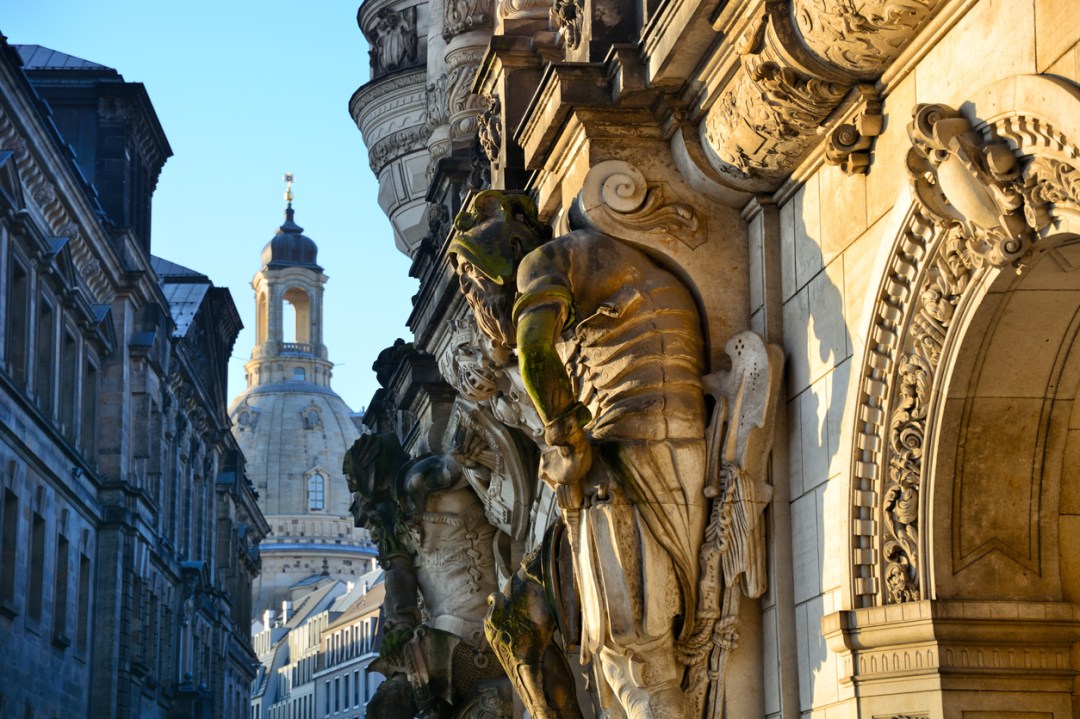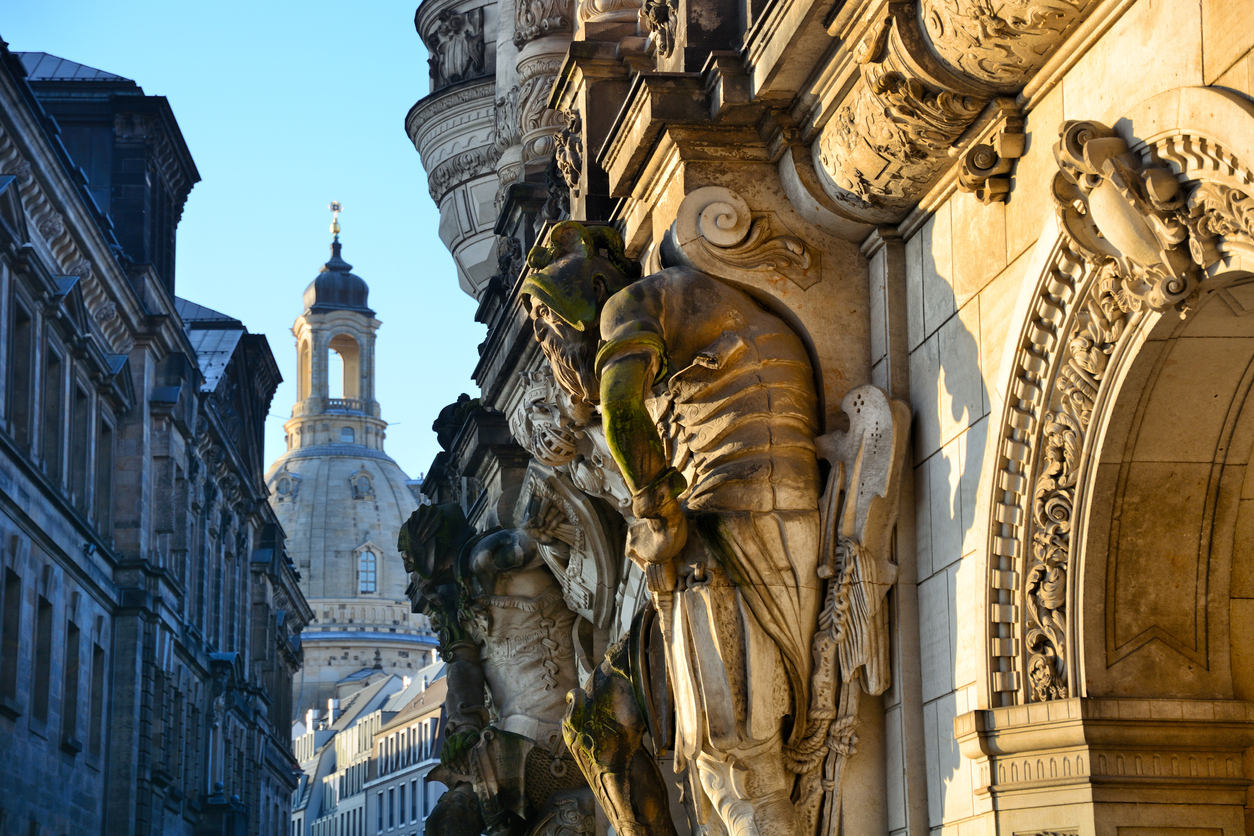Strolling along Dresden’s Brühlsche Terrasse, an elegant promenade above the River Elbe known as ‘the balcony of Europe’, the wartime destruction of Germany’s most beautiful city seems like the echo of a bygone age. Since reunification, the reconstruction of its baroque Altstadt has been meticulous – the panorama Canaletto painted has been painstakingly restored. Reduced to ruins in February 1945, Dresden can once more be called ‘the Florence on the Elbe.’
Much ink has been spilt over the rights or wrongs of the Allied bombardment of my father’s birthplace (he was born here in 1942 and survived the bombing as a small boy), obscuring the far more interesting story of what made Dresden so attractive in the first place. The reason the Saxon capital is so beautiful is largely due to a decidedly unenlightened despot called August der Starke (Augustus the Strong) and as you stroll along the Brühlsche Terrasse the roots of his finest legacy – the creation of European porcelain – lie right beneath your feet.
August’s aesthetic tastes were progressive, but his management style was medieval
When August der Starke was born, in 1670, Dresden was a relative backwater, and it might have remained so if his elder brother, the Protestant Elector of Saxony, hadn’t died of smallpox in 1694.

Britain’s best politics newsletters
You get two free articles each week when you sign up to The Spectator’s emails.
Already a subscriber? Log in







Comments
Join the debate for just £1 a month
Be part of the conversation with other Spectator readers by getting your first three months for £3.
UNLOCK ACCESS Just £1 a monthAlready a subscriber? Log in